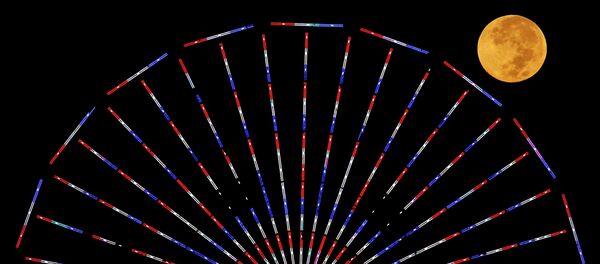That's right, some people live their whole life without experiencing this cool celestial event.
A supermoon, a full moon at its perigee, or nearest orbital point to Earth, is the last in a string of three supermoons: the first on December 3 and another on January 1. Since the upcoming supermoon will be a second full moon in one month, it is also considered a blue moon as well.
According to NASA, visible supermoons look some 14 percent larger and 30 percent brighter than full moons that take place at the apogee, or farthest point in the moon's orbit from the Earth. During an eclipse, the moon appears reddish because of the bending of the Sun's light around our planet. This is why totally-eclipsed moons are also called "blood moons."
The prime time to look at a supermoon is just after local moonrise or just before sunrise. The supermoon appears biggest and brightest at this time because of the "moon illusion," which causes the moon to appear larger than other surrounding objects.
The lunar eclipse will start at 6:48 a.m. ER (11:48 am UTC) and will reach its maximum at 8:30 a.m. ET (1:30pm UTC). Although those in eastern Asia, the Pacific and western North America will get the best view, people in eastern North America and Europe will get a look at a partial eclipse.
Even if you aren't in the path of totality, you can view The Virtual Telescope's livestream of the supermoon eclipse, starting at 6:30 a.m. ET (11:30am UTC).
The supermoon and the lunar eclipse are — unlike a solar eclipse — totally safe to look at with the naked eye. So, don't be afraid to gaze at the sky for as long as you desire.



